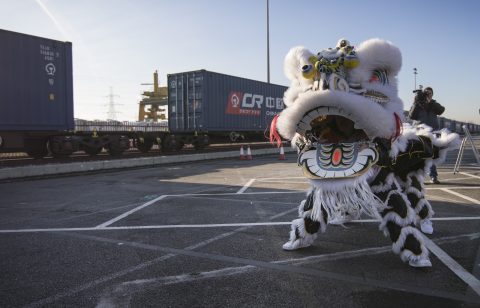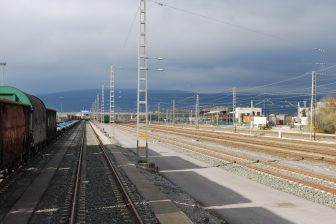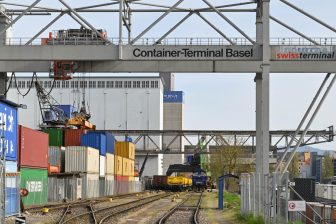
New rail freight link China-Russia launched
A new freight train service between China and Europe started last week, linking the north-western Chinese province of Qinghai with the European part of Russia. The connection is to enhance the competitiveness of local goods in the Chinese province, which borders the autonomous regions of Xinjiang and Tibet and has a large number of Tibetan and Mongolian inhabitants.
On the 20th of August the first train departed from the Chinese town of Golmud in Qaidam Basin, to pass the Alataw Pass in Xinjiang and transit through Kazakhstan before reaching the city of Perm in Russia on the 30th of August. The train carrying chemicals is crossing about 6,360 kilometers in ten days, a duration twenty days shorter than the usual sea route.
Qinghai’s connection
The first freight train linking the Chinese province to Europe departed around a year ago, connecting the city of Xining to Antwerp in Belgium with cargo including Tibetan carpets, goji berries and other local specialties. Since then, Qinghai has become an important hub on the China-Europe route through Kazakhstan. “The new service can boost the international competitiveness of local goods,” Meng Hai, governor of Haixi Mongol and Tibetan Autonomous Prefecture in Qinghai was quoted a saying on Xinhua Net.
Belt and Road Initiative
With the addition of Golmud, freight train services now depart from 20 Chinese cities to Central Asia and Europe, in line with efforts to increase traffic on this Eurasia route as part of the Chinese Belt and Road Initiative (BRI).
Last week, the Chinese National Development and Reform Commission (NDRC) announced that so far, a total number of 69 countries have signed cooperation agreements with China on the joint development of the (BRI). More than 4,000 freight trains trips have been made to transport goods from China to Europe. According to Reuters, Chinese acquisitions in the countries involved totalled 28 billion Euros so far, more than the total of 26 billion Euros in all of 2016.





